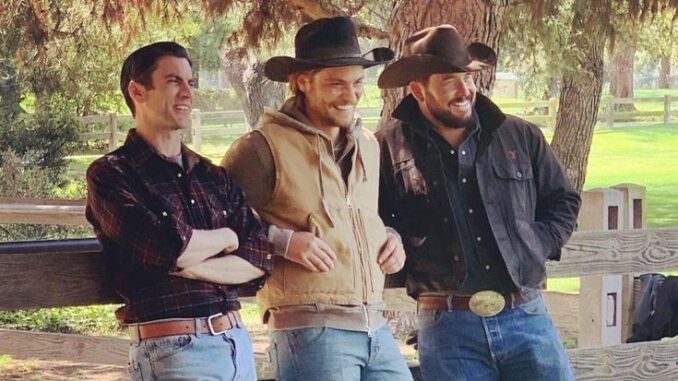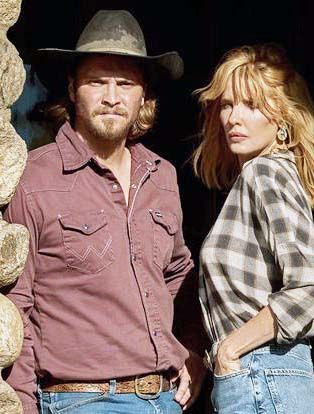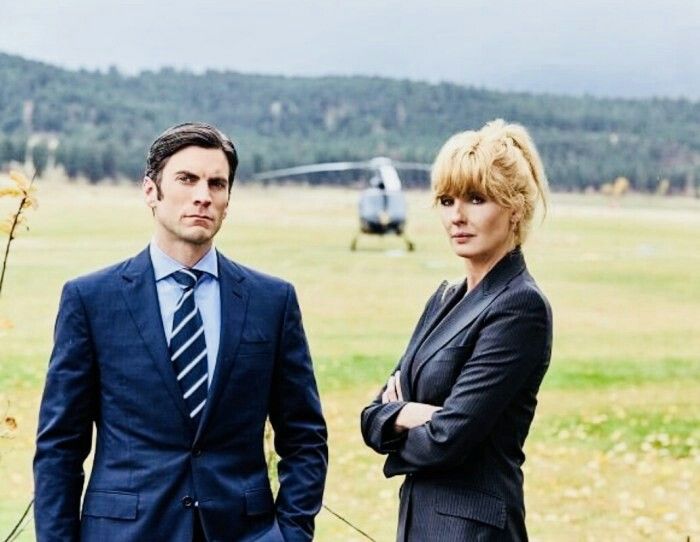
When Yellowstone first hit screens in 2018, critics gave it a lukewarm welcome, reflected by its 58% Rotten Tomatoes score. At first glance, it seemed like the show was just another Western drama struggling to find its footing. But fast forward seven years, and Yellowstone has morphed into a cultural phenomenon — one of the biggest TV hits of the decade. So, how did a series with a so-so critical reception break the mold and rewrite the rules for TV success? Let’s dive in.

The Rotten Tomatoes Score: What Does 58% Even Mean?
Rotten Tomatoes scores can be a bit misleading. A 58% score means just over half of critics gave Yellowstone a thumbs-up, but it’s far from a glowing review. For a new TV series, especially one in the sprawling Western genre, it’s easy to assume this score spells doom. Most shows with such middling scores rarely hit the mainstream spotlight or grab a loyal fanbase.
Why Yellowstone’s Score Was a Big Deal Back in 2018
Back in 2018, TV trends favored sleek, fast-paced, and sometimes gritty urban dramas. Think shows like Breaking Bad, Stranger Things, or The Crown. Westerns were considered niche and often struggled critically and commercially. So, when Yellowstone launched with its classic ranch life, family drama, and sprawling landscapes, many critics saw it as outdated or cliché.
The Major TV Trend That Yellowstone Broke
Most shows with mixed critical reviews either fade out quietly or pivot drastically to please critics. But Yellowstone didn’t just survive — it thrived. The major trend it broke? The idea that critical acclaim is necessary for massive popularity and longevity on TV.
Yellowstone showed that strong storytelling, memorable characters, and cultural resonance with audiences can override lukewarm critical reception. It flipped the script by proving that fans’ voices and engagement matter more than ever.
How Yellowstone Built a Cult Following Despite Critics
The key to Yellowstone’s success lies in its gritty authenticity and complex characters. The show’s lead, Kevin Costner, brought star power, but it was the raw, unfiltered portrayal of family loyalty, power struggles, and survival that hooked viewers. Social media buzz, binge-watching culture, and a devoted fanbase helped the show grow organically — independent of critic reviews.
The Power of Social Media and Word of Mouth
In today’s TV ecosystem, word of mouth and social media buzz can make or break a show. Yellowstone fans flooded Twitter, Instagram, and fan forums with passionate discussions, fan theories, and clips. This grassroots movement created a wave of hype that critics couldn’t ignore — turning the show into a must-watch despite its initial reviews.
What Rotten Tomatoes Scores Really Say About TV Shows
Rotten Tomatoes scores aggregate critics’ opinions, but they don’t always reflect audience sentiment. Sometimes, shows resonate on a cultural level that critics overlook. Yellowstone is a textbook example — critics rated it as “average,” but fans saw a gripping saga that reflected modern American themes, from land disputes to family legacies.
How the Show’s Themes Connected with a Wider Audience
Yellowstone tapped into themes that felt both timeless and timely: family loyalty, land ownership, and the clash between old and new America. This combination resonated deeply with viewers, especially those who felt underrepresented on TV. The show’s portrayal of rural and Western life struck a chord far beyond traditional Western fans.
Breaking Down the Characters That Made the Show Unforgettable
One big reason Yellowstone defied the odds was its well-crafted characters. John Dutton (Kevin Costner) is a flawed but fierce patriarch whose complexity added emotional depth. Supporting characters brought their own unique layers, making viewers invest emotionally and keep coming back for more.
The Visual and Cinematic Appeal That Critics Missed
Critics often judge scripts and pacing, but Yellowstone offered breathtaking cinematography and authentic settings that transported viewers straight to Montana’s rugged landscapes. The show’s visuals became a character in their own right — a vivid backdrop that made the drama feel epic and real.
How Yellowstone’s Storytelling Evolved After Season 1
After its rocky start, the show’s creators took fan feedback seriously and sharpened the storytelling. Seasons 2 and beyond featured tighter plots, richer backstories, and more dramatic tension. This evolution helped convert skeptics and retain the existing fanbase, boosting the show’s profile significantly.
Why Yellowstone’s Success Challenges How We View TV Criticism
The success story of Yellowstone reminds us that TV criticism isn’t the ultimate verdict. Shows can connect emotionally and culturally with audiences in ways that numbers and critic scores can’t capture. In a world overflowing with content, personal connection and cultural relevance are king.
Lessons From Yellowstone for New TV Shows Today
For aspiring creators and networks, Yellowstone offers a blueprint: listen to your audience, focus on authentic storytelling, and don’t rely solely on critics for validation. It’s a testament to the power of perseverance and understanding the pulse of your viewers.
What This Means for Rotten Tomatoes and Viewer Ratings Moving Forward

The gap between critic reviews and audience scores for shows like Yellowstone suggests we need a more nuanced approach to TV ratings. Platforms like Rotten Tomatoes are evolving to include more audience insights, but the power dynamic is shifting — audiences now hold more sway over a show’s fate than ever before.
Could Yellowstone Have Survived Without Streaming and Social Media?
It’s unlikely. The show’s viral rise was fueled by streaming accessibility and social engagement. Without these platforms, a 58% critic score might have been a death sentence. Streaming gave viewers the freedom to judge for themselves, while social media amplified the fandom.
Final Thoughts: Why Yellowstone’s Rotten Tomatoes Score Is Still Wild to Think About
Looking back, it’s wild that a show with a mediocre start managed to become a cultural giant. Yellowstone rewrote the rules and proved that audience loyalty, cultural resonance, and smart storytelling trump critical scores every time. Seven years later, its legacy continues to challenge how we measure TV success.
Conclusion
Yellowstone’s journey from a 58% Rotten Tomatoes score to a massive television powerhouse is a fascinating case study in how TV trends are changing. It showed the world that critical reviews are not the final word and that genuine connection with audiences can build a lasting legacy. For fans, critics, and creators alike, Yellowstone remains a wild, compelling example of breaking the mold and thriving against the odds.
